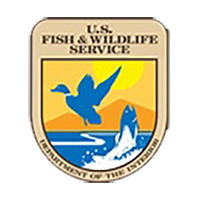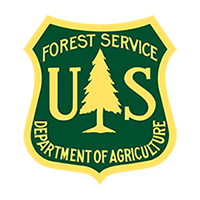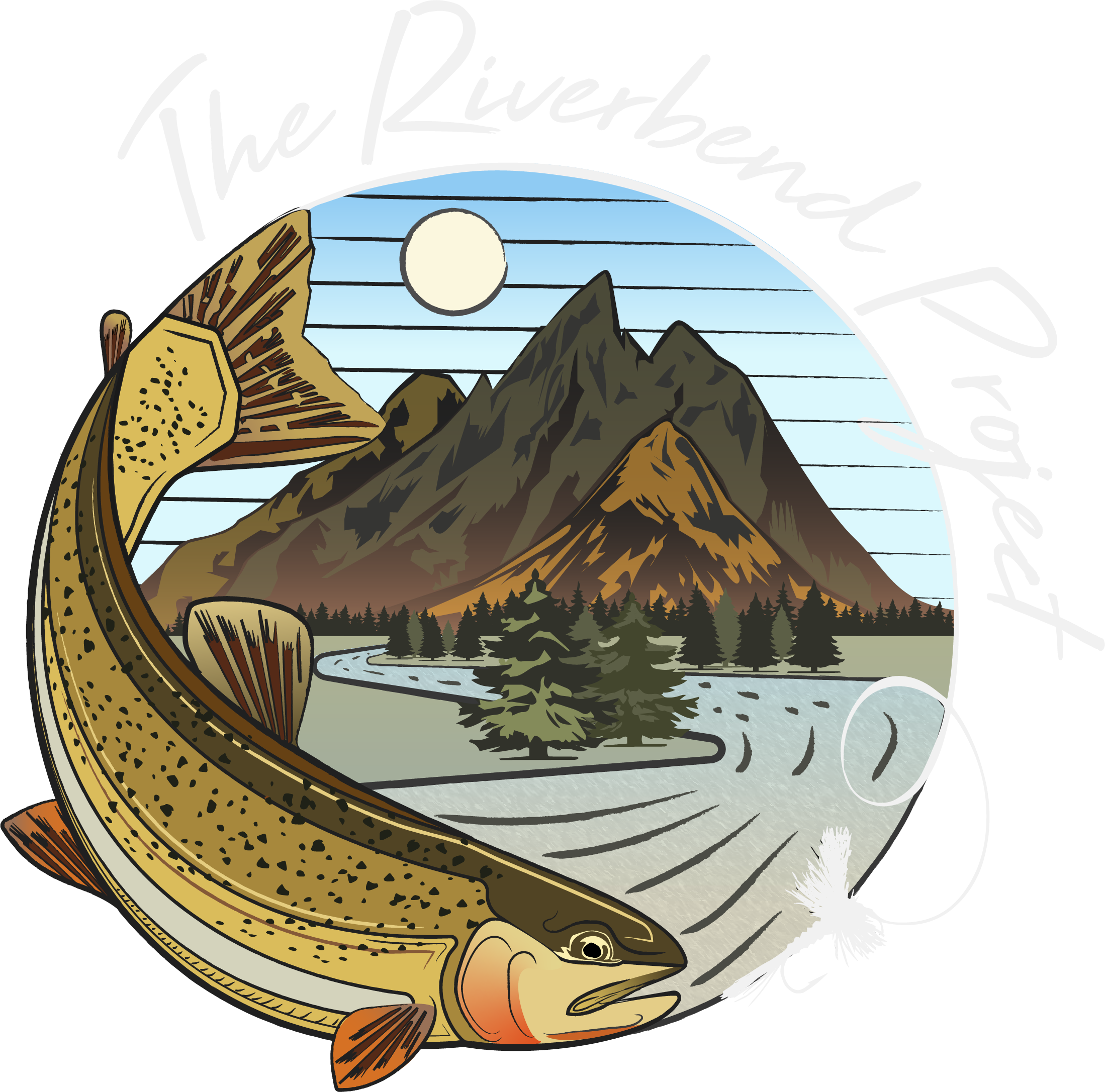Teton Troutfitters’ comprehensive analysis of June fishing conditions reveals exceptional opportunities across the Jackson Hole region as we transition into what local guides traditionally call “Trophy Trout season.”[1] Current spring runoff conditions are beginning to stabilize, with several key fisheries showing promising signs of clearing and warming water temperatures that will support prolific insect hatches throughout the month. The combination of recently ice-free high-elevation lakes, clearing tributary systems, and the seasonal opening of Yellowstone National Park waters creates diverse angling opportunities ranging from technical dry fly fishing to sight fishing for trophy lake trout. Water levels remain elevated from snowmelt but are expected to stabilize and clear progressively through June, particularly in the latter half of the month when prime fishing conditions typically emerge.
Current Water Conditions and Seasonal Transition
The 2025 season presents unique timing characteristics that will significantly influence June fishing patterns across the Jackson Hole region. As of mid-May, most tributary systems remain in runoff conditions, with the Snake River experiencing high, murky flows except for the controlled section below Jackson Lake dam, where flows maintain approximately 2,500 cubic feet per second and relatively clear water.[2] This early-season high water pattern typically extends into June, with peak flows generally occurring between late June and mid-July at levels ranging from 7,000 to 14,000 CFS.[3]
Jackson Lake achieved ice-off earlier than typical this season, clearing on May 9, which positions the lake system for excellent early June fishing opportunities.[2] The accelerated ice-off timeline suggests that water temperatures will warm more rapidly than in previous seasons, potentially advancing the timing of key insect hatches and increasing fish activity levels throughout the month. Current water temperatures in Jackson Lake hover around 42°F, with May ranges typically spanning 39°F to 48°F, indicating steady warming trends that will continue into June.[4]
The seasonal transition into June represents a critical period when winter-stressed fish populations begin their most active feeding phase of the year. This biological imperative, combined with increasingly favorable water conditions, creates the foundation for the exceptional fishing that characterizes Jackson Hole’s trophy trout season.
Yellowstone National Park Waters
Early June fishing strategies should prioritize waters within Yellowstone National Park, particularly during the first two weeks of the month when these systems offer the most consistent fishing opportunities.[1] The Firehole and Madison Rivers emerge as primary targets due to their elevated water temperatures resulting from extensive geyser activity throughout their watersheds. These thermally influenced waters support earlier and more prolific insect hatches compared to other regional systems, including significant emergences of Baetis mayflies, Pale Morning Duns (PMDs), various caddis species, and stoneflies.[1]
The 2.5-hour drive from Jackson Hole to access these premier Yellowstone waters requires careful trip planning, with guide services typically combining fishing objectives with sightseeing opportunities to maximize client experiences.[1] The extended travel time becomes particularly worthwhile during early June when these rivers may represent the only significant dry fly fishing opportunities in the region, as local waters remain affected by snowmelt runoff.
Lewis Lake in southern Yellowstone typically achieves ice-off by June 10th, establishing itself as a premier destination for sight fishing to cruising brown trout over sandy bottom structures in shallow water areas.[1] The lake also supports a robust lake trout population accessible through streamer fishing with sinking lines along deeper drop-off structures. Different bay areas within Lewis Lake support distinct hatch patterns, with some areas producing Brown Drake emergences while others feature significant caddis hatches, depending on bottom composition and structure.[1] The adjacent Lewis River system provides additional opportunities targeting large, selective brown trout during stonefly and mayfly hatches.[1]
Regional River Systems
The Green River and New Fork River systems near Pinedale, Wyoming, represent critical trophy brown trout fisheries that require careful timing and flow monitoring throughout June.[1] Early-season fishing success on these waters depends heavily on snowmelt patterns and ambient temperature trends, with rising flows during warm spells necessitating alternative fishing strategies. However, when flows stabilize or begin declining, these rivers produce some of the season’s most impressive brown trout catches, even under murky water conditions that actually benefit these light-sensitive fish.[1]
The New Fork River typically clears ahead of the Green River system, often experiencing dramatic improvements in water clarity by mid-to-late June.[1] This clearing phase coincides with explosive insect hatches, particularly Golden Stoneflies, various caddis species, and Grey Drakes, creating exceptional dry fly fishing opportunities. The New Fork requires intermediate to advanced angling skills due to its technical nature, demanding precise casting and mending techniques to successfully present flies to wary brown and rainbow trout populations.[1]
Current conditions on the Green River show high, murky flows typical of spring runoff, with fishing opportunities limited to worm and streamer patterns until stonefly activity increases in the coming weeks.[2] The gradual transition from early-season nymph and streamer fishing to surface activity represents one of the most dramatic seasonal changes in the Jackson Hole region.
Local Jackson Hole Waters
The Snake River system in Jackson Hole presents varied opportunities depending on specific reach characteristics and dam-controlled flows. The section immediately below Jackson Lake dam maintains the most fishable conditions, with controlled flows of approximately 2,500 CFS and relatively clear water supporting sporadic bug life that will increase significantly as June progresses.[2] Current fishing success focuses on nymph and streamer presentations targeting whitefish and cutthroat trout populations, with surface activity expected to emerge as water temperatures continue warming.
Most Snake River tributaries remain in runoff conditions, with Flat Creek representing the notable exception as a fishable system on the south end of Jackson Hole.[2] Streamer fishing with black patterns has proven effective for targeting migratory cutthroat trout populations utilizing this tributary system. The concentration of fishing pressure on limited accessible waters emphasizes the importance of practicing barbless hook protocols and careful fish handling to protect the region’s prized native cutthroat trout populations.[2]
High-Elevation Lake Fishing
Backcountry lakes and creek systems become increasingly accessible after the first week of June, expanding fishing opportunities into high-elevation environments that support trophy cutthroat trout populations.[1] These pristine waters offer sight fishing opportunities in crystal-clear mountain lakes, where large cutthroat trout cruise shallow areas and respond to carefully presented dry flies and nymphs.
Jackson Lake fishing strategies should focus on deeper water zones of 15-20 feet while fish populations adjust to rapidly rising water levels.[2] The early ice-off date suggests accelerated warming patterns that may bring fish into shallow water areas earlier than typical seasons. Lake fishing success often requires adapting techniques between different depth zones as fish respond to changing water temperatures and emerging food sources throughout June.
Lava Creek Ranch provides controlled water fishing opportunities for trophy rainbow and tiger trout, with recent ice-off creating excellent early-season conditions.[2] Private water fishing offers consistent success with nymph and leech patterns while natural insect hatches develop throughout the month.
Recommended Techniques and Fly Patterns
June fishing success across Jackson Hole waters requires diverse tactical approaches adapted to varying water conditions and fish behavior patterns. Early-month strategies should emphasize subsurface presentations using weighted nymphs, streamers, and wet flies to reach fish in higher, often discolored water. Effective patterns include various stonefly nymphs, particularly black and brown patterns, and streamer flies in sizes 4-8 with emphasis on dark colors for visibility in off-color water conditions.
As water levels stabilize and insect activity increases through mid-to-late June, dry fly opportunities expand significantly. Key patterns include Pale Morning Dun imitations in sizes 16-20, various caddis patterns ranging from size 12-18, and Golden Stonefly adults in sizes 6-10. Baetis patterns remain important throughout the month, particularly during overcast conditions or morning and evening periods.
The transition period requires maintaining flexibility in tackle selection and presentation techniques. Successful anglers carry diverse fly selections spanning large streamers for early-season conditions, comprehensive nymph assortments for subsurface fishing, and complete dry fly collections for emerging surface opportunities. Leader selection should favor heavier tippets early in the month for streamer fishing, transitioning to finer presentations as water clears and fish become more selective.
Conclusion and Monthly Outlook
June 2025 presents exceptional fishing opportunities across the Jackson Hole region, with early ice-off conditions and favorable spring patterns positioning the month for outstanding results. The progression from early-season subsurface fishing to prime dry fly conditions creates diverse angling experiences suitable for all skill levels. Yellowstone National Park waters offer immediate opportunities during the first half of the month, while local systems will provide increasingly productive fishing as runoff subsides and insect hatches intensify.
The key to June success lies in maintaining tactical flexibility and monitoring rapidly changing water conditions. Early-month fishing emphasizes Yellowstone waters and controlled sections of local rivers, while mid-to-late June opportunities expand to include cleared tributary systems and high-elevation lakes. Water temperature trends and stonefly emergence timing will dictate the transition from subsurface to surface fishing, with the potential for exceptional dry fly opportunities during the latter portion of the month. Anglers should prepare for diverse conditions ranging from technical sight fishing on clear mountain lakes to robust streamer fishing on main stem rivers, ensuring comprehensive tackle selection and adaptable presentation skills.






